Overview
Map
Other Details
كنيسة مار جرجس
Deir El-Qamar
Chouf
Mount Lebanon
كنيسة مار جرجس - دير القمربُنيت الكنيسة بعد قدوم آل الكك الى دير القمر وتركهم بلدة دميت، وأُكمل البناء سنة ١٦٨٤. الكنيسة وقف لآل الكك، رُمّمت ووُسّعت على عدّة مراحل. تتميّز الكنيسة بمذبح مار أنطونيوس الكبير وهو ذكر من كنيسة دميت الأثريّة، وأيقونة مار جرجس الشهيد.St. George’s church - Deir el QamarThe church was built by the Kek family after they came to Deir el Qamar from Dmit, and completed in 1684. It is a private family chapel restored on many occasions. The church holds a side altar of St. Anthony the Great, reminiscent of the historic church in Dmit, and a local icon of St George.
Visited 3514 times, 5 Visits today




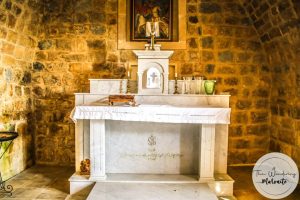
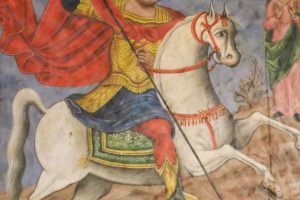
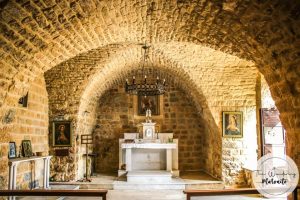




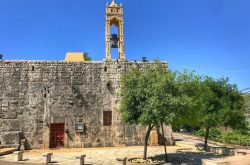
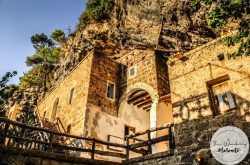
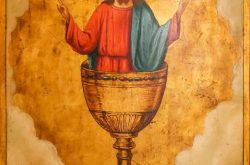
Reviews are disabled, but trackbacks and pingbacks are open.